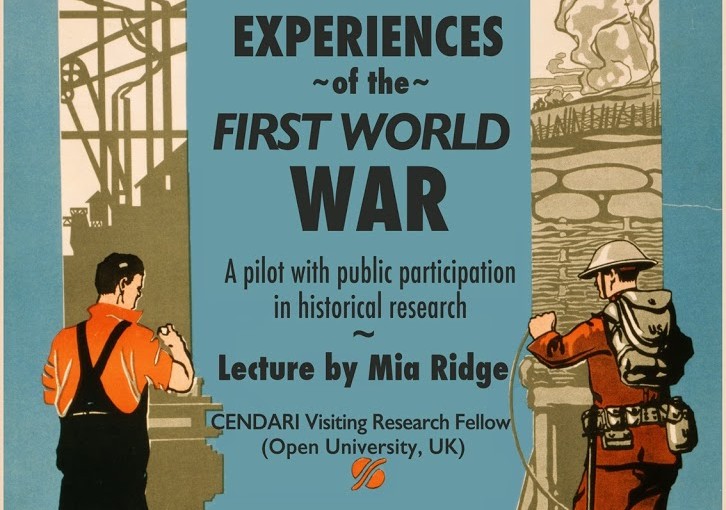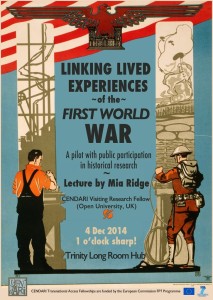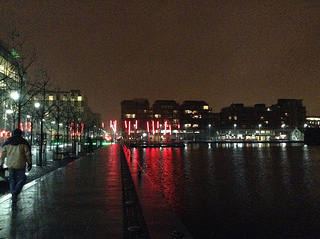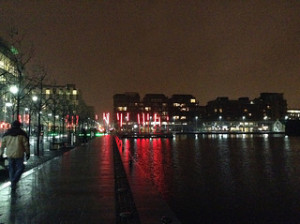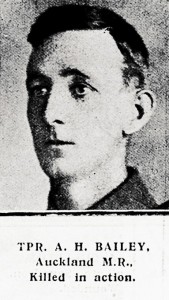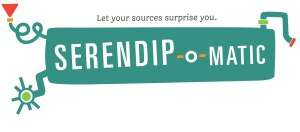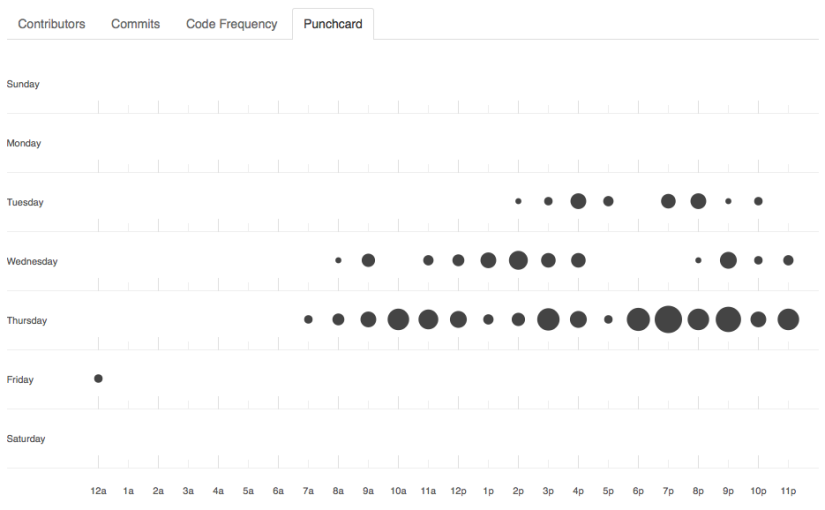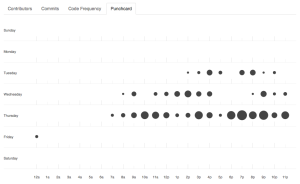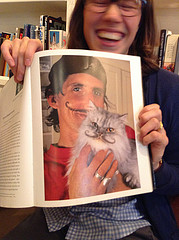Somehow it's a month since I posted about my CENDARI research project (in Moving forward: modelling and indexing WWI battalions) on this site. That probably reflects the rhythm of the project – less trying to work out what I want to do and more getting on with doing it. A draft post I started last month simply said, 'A lot of battalions were involved in World War One'. I'll do a retrospective post soon, and here's a quick summary of on-going work.
First, a quick recap. My project has two goals – one, to collect a personal narrative for each battalion in the Allied armies of the First World War; two, to create a service that would allow someone to ask 'where was a specific battalion at a specific time?'. Together, they help address a common situation for people new to WWI history who might ask something like 'I know my great-uncle was in the 27th Australian battalion in March 1916, where would he have been and what would he have experienced?'.
I've been working on streamlining and simplifying the public-facing task of collecting a personal narrative for each battalion, and have written a blog post, Help collect soldiers’ experiences of WWI in their own words, that reduces it to three steps:
- Take one of the diaries, letters and memoirs listed on the Collaborative Collections wiki, and
- Match its author with a specific regiment or battalion.
- Send in the results via this form.
If you know of a local history society, family historian or anyone else who might be interested in helping, please send them along to this post: Help collect soldiers’ experiences of WWI in their own words.
Work on specifying the relevant data structures to support a look-up service to answer questions about a specific units location and activities at a specific time largely moved to the wiki:
- Talk:British battalions and regiments in World War I
- Talk:British Army Hierarchies
- Template talk:Battalion – what information should be recorded on every battalion/unit page?
- Template talk:Infobox command structure – what structured data should be recorded about military hierarchies?
- Template talk:Infobox theatre of war/doc – what structured data should be recorded about a unit's activities and engagements in the war?
- Template talk:Infobox military unit – what structured data should be recorded about a battalion/unit?
Populating the list of battalions and other units has been a huge task in itself, partly because very few cultural institutions have definitive lists of units they can (or want to) share, but it's necessary to support both core goals. I've been fortunate to have help (see 'Thanks and recent contributions' on 'How you can help') but the task is on-going so get in touch if you can help!
So there are three different ways you can help with 'In their own words: collecting experiences of the First World War':
- collect diaries linked to specific battalions;
- help check or complete the lists of Australian battalions, British battalions and regiments, Canadian battalions and regiments, Indian battalions, Italian battalions and New Zealand battalions in World War;
- review and contribute to the data structures needed to record information about military units in the Talk and Template pages above
Finally, last week I was in New Zealand to give a keynote on this work at the National Digital Forum. The video for 'Collaborative collections through a participatory commons' is online, so you can catch up on the background for my project if you've got 40 minutes or so to spare. Should you be in Dublin, I'm giving a talk on 'A pilot with public participation in historical research: linking lived experiences of the First World War' at the Trinity Long Room Hub today (thus the poster).
And if you've made it this far, perhaps you'd like to apply for a CENDARI Visiting Research Fellowships 2015 yourself?
